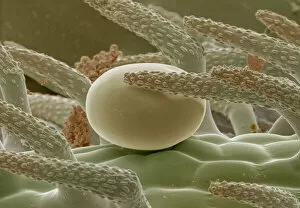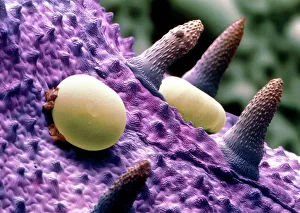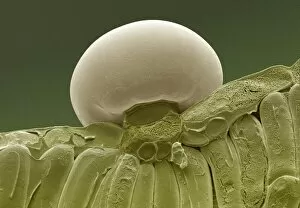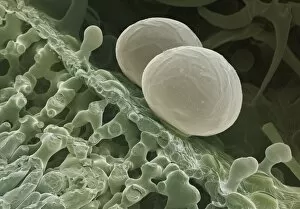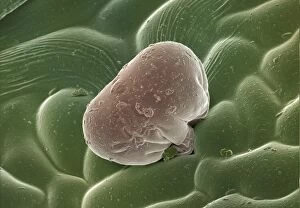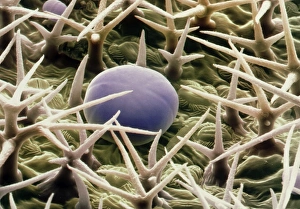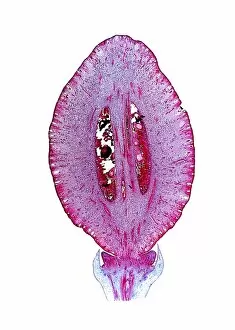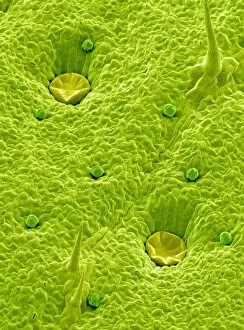Oil Gland Collection
Oil glands are fascinating structures found in various plants and animals, serving different purposes
All Professionally Made to Order for Quick Shipping
Oil glands are fascinating structures found in various plants and animals, serving different purposes. Take the thyme leaf oil gland, for example, which secretes aromatic oils that give this herb its distinct flavor and fragrance. Similarly, the oil glands on the petals of a peppermint flower release essential oils that contribute to its refreshing scent. In the botanical world, citrus fruits like oranges possess light micrographs showcasing their oil glands. These microscopic structures contain volatile compounds responsible for their characteristic aroma. On another note, geraniums also have oil glands that produce fragrant oils used in perfumes and aromatherapy. Moving away from plants, we encounter unique adaptations in animals such as the Little Pied Cormorant. After a fishing session, this bird gathers oil from its preen gland at the base of its tail to waterproof its feathers since they lack natural protection against water. This behavior ensures their wings remain dry while diving into aquatic environments. Returning to plant life once again brings us to sage leaves with their own remarkable oil glands. These small pockets release aromatic oils when crushed or bruised—a delightful addition to culinary dishes and herbal remedies alike. Rosemary is yet another herb boasting prominent oil glands within its leaves. The extracted oils offer not only a pleasant scent but also potential health benefits when used medicinally or incorporated into skincare products. Tansy leaves also feature distinctive oil glands containing potent compounds known for repelling insects—an effective defense mechanism against unwanted pests in nature's grand design. Examining lavender under a scanning electron microscope reveals an array of colorful surfaces originating from specialized cells called trichomes—some of which house precious essential oils coveted by many industries worldwide. Lastly, delving inside a lemon through cross-section exposes tiny sacs filled with fragrant citrus oils dispersed throughout the fruit's flesh—an integral part of both culinary delights and household cleaning solutions due to their invigorating properties.

